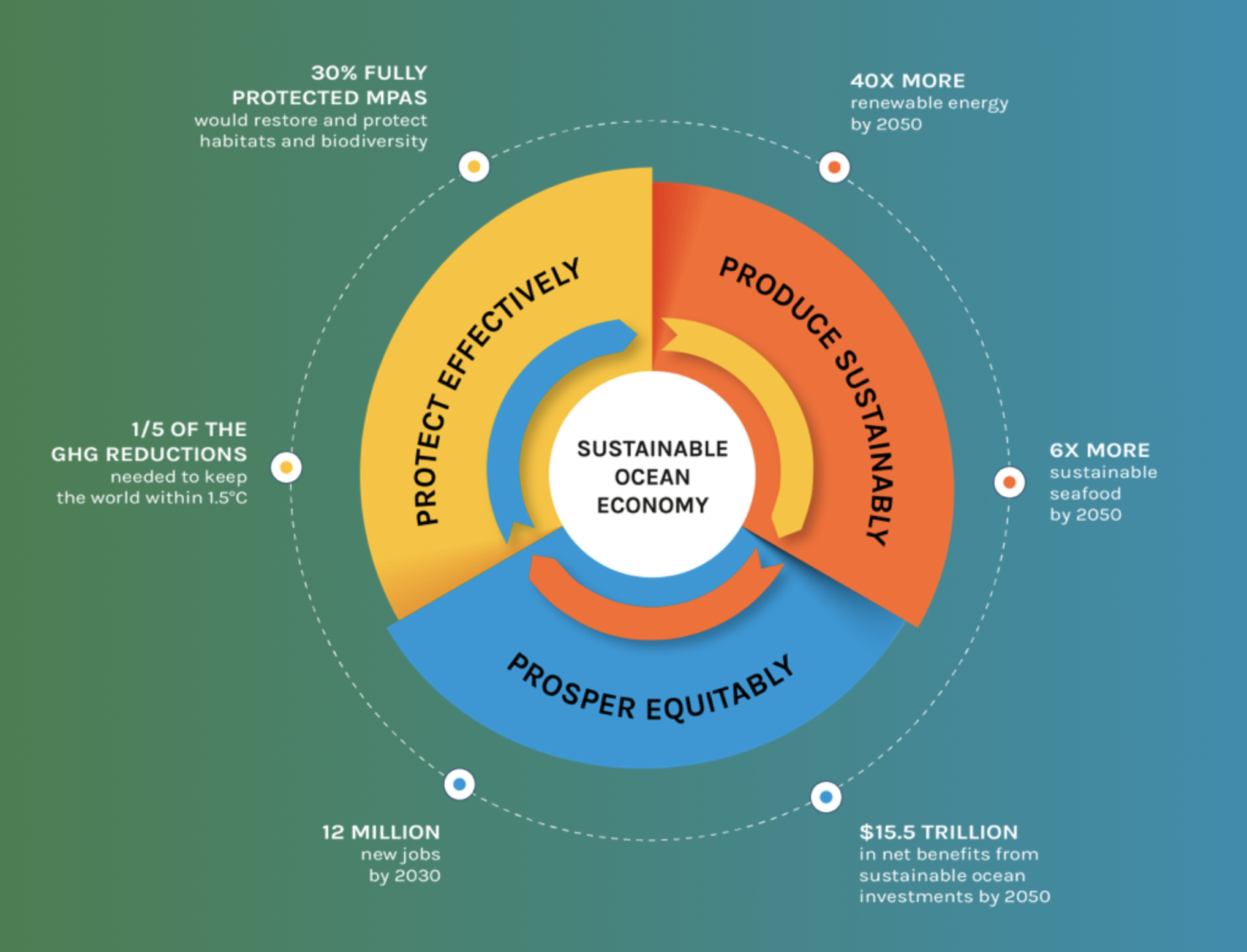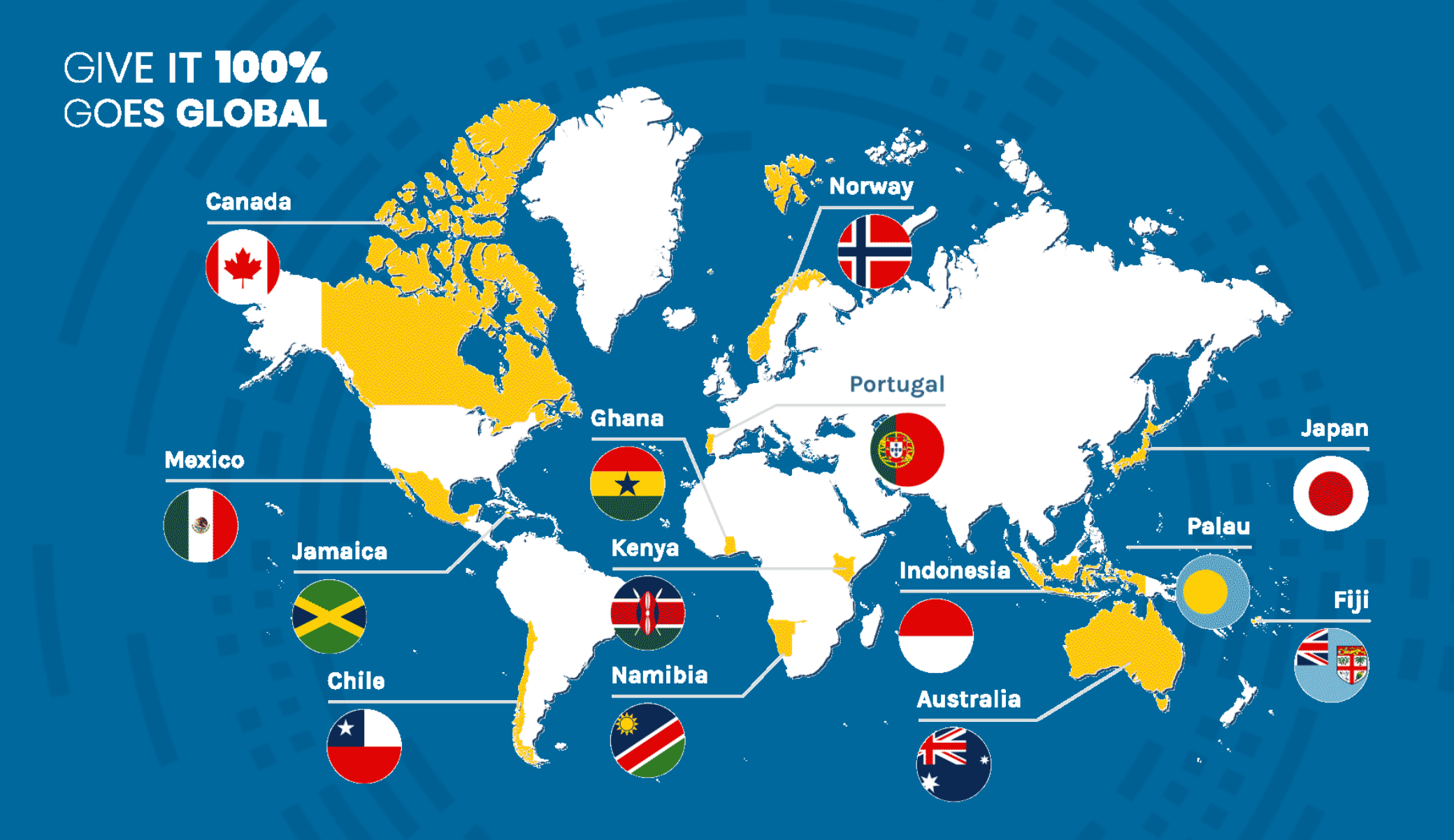As the Guardian reports, Governments responsible for 40% of the world’s coastlines have pledged to end overfishing, restore dwindling fish populations and stop the flow of plastic pollution into the seas in the next 10 years. On December 3rd, the countries Australia, Canada, Chile, Fiji, Ghana, Indonesia, Jamaica, Japan, Kenya, Mexico, Namibia, Norway, Palau and Portugal have set out a series of commitments that mark the world’s biggest ocean sustainability initiative, in the absence of a fully-fledged UN treaty on marine life. They are members of the High Level Panel for a Sustainable Ocean Economy (Ocean Panel), which defines itself as “a unique initiative by 14 serving world leaders who are building momentum for a sustainable ocean economy in which effective protection, sustainable production and equitable prosperity go hand in hand”.

The members of the High Level Panel for Sustainable Ocean Economy, have pledged to ensure that all the areas of ocean within its own national jurisdiction are managed sustainably by 2025. A certain picture what they mean by sustainable management is expressed by their slogan:

And as all nations of the world they are committed to the Sustainable Development Goals (SDGs) and the world of the Ocean panel should refer in particular to the SDG 14 (Life below water). In this context it is most important from a biodiversity perspective, that the new commitments of the 14 countries the target to protect 30% of the world’s oceans by 2030.
Norway, which is calling itself a leading marine nation, but ranks lower than many developing countries when it comes to marine protected areas (MPAs), in this case has to go a particular long way: Of its entire mainland territorial waters, along its 28 953 km (including 240 O00 islands even 100 915 km long) coastline, Norway has protected only 3,1% as MPA. And even in the highest-ranking form of an MPA and the largest of all, Raet national park, there are hardly any no-take (no-fishing) zones.
At least the commitments of the 14 leading marine nations provide positive perspectives for the coming decade. The way and the speed they will implement and reach the agreed targets will also influence the decisions of many other countries. So can also local societies by setting convincing examples for others to replicate.




